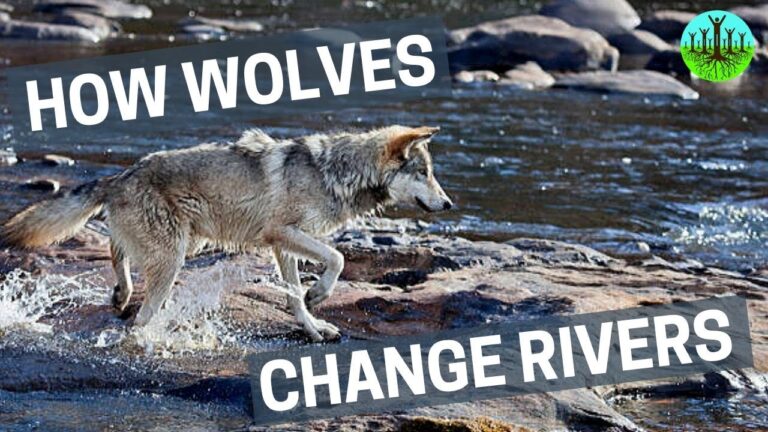Coyotes, dogs and wolves are different species belonging to the same animal family. Coyotes are smaller and more territorial than wolves, while dogs are domesticated and bred from wolves.

Credit: orionmagazine.org
Physical Characteristics
The coyote, dog, and wolf all share similarities in their physical characteristics, while also having significant differences. The coyote is generally smaller than the wolf, weighing around 20-50 pounds compared to the wolf’s approximate 70-120 pounds. The dog’s size and weight can significantly vary depending on the breed.
In terms of coloration, coyotes tend to have a gray-brown coat while wolves and dogs’ coats can range from white to gray to black. These animals have unique adaptations that allow them to thrive in their respective habitats. Coyotes, for example, have a highly adaptable diet and can live in both rural and urban environments.
Wolves have strong jaws and canine teeth, which help them hunt and kill prey. Dogs, domesticated from wolves, have been bred for specific purposes from hunting to companionship. Understanding these physical differences and adaptations is crucial in understanding their behavior and survival in the wild.
Behavior
Coyotes, dogs, and wolves have striking differences in social behavior. While coyotes and wolves tend to roam in packs, dogs are more solitary creatures. Despite these differences, all three species share similar hunting techniques and strategies. They use ambush and stalking tactics while hunting for prey.
Communication methods also vary between the three species. Coyotes use yips and howls, dogs rely on barks and growls, and wolves use a combination of howls, barks, and whines. It’s interesting to note how these techniques have evolved over time to adapt to the environment.
Understanding these differences sheds light on the distinct yet interconnected lives of these three fascinating species.
Habitat And Distribution
Coyotes, dogs, and wolves have distinct habitats and distributions. Coyotes can be found across north and central america, while wolves are located in remote wilderness areas. Domesticated dogs have widespread distribution due to human companionship. Although dogs and coyotes can adapt to different environments, humans have greatly influenced their populations.
Urbanization has led to an increase in coyote sightings in residential areas, while the fragmentation of wilderness areas has led to a decline in wolf populations. Dogs are affected by humans in a different way, with many breeds being specifically bred for certain climates and lifestyles.
Understanding the different habitats and distributions of these animals is crucial for conservation efforts and understanding their behaviors in different environments.
Relationship With Humans
Human beings have had a profound impact on coyotes, dogs, and wolves throughout history, both positive and negative. People’s attitudes towards each species vary depending on their cultural background, with some viewing them as pests to be eliminated while others see them as revered creatures to be protected.
Conservationists have worked tirelessly to preserve these animals, but management strategies have been controversial. Coyotes, for example, have adapted well to urban environments but are still viewed as a nuisance by some. Dogs are typically seen as domesticated and loyal companions, while wolves have been vilified and persecuted for centuries.
Despite our complicated relationship with these creatures, they continue to exist alongside us, and it’s important to find ways to coexist respectfully and peacefully.
Frequently Asked Questions For Coyote Vs Dog Vs Wolf
What Is The Difference Between A Coyote, Dog, And Wolf?
Coyotes, dogs, and wolves are all part of the canidae family. Coyotes are smaller and have pointed muzzles, while dogs vary in size and shape. Wolves are larger with rounded ears.
What Do Coyotes, Dogs, And Wolves Eat?
Coyotes eat small mammals, birds, and insects but will also eat fruit. Dogs are omnivores, meaning they eat both plants and animals. Wolves hunt and eat large game like elk, deer, and bison.
Can Coyotes Breed With Dogs Or Wolves?
Coyotes can breed with both dogs and wolves, but it is rare. The offspring, known as coydogs or coywolves, may inherit traits from both parents.
Are Coyotes, Dogs, Or Wolves Dangerous To Humans?
While attacks on humans by coyotes are rare, they have been known to attack pets. Dogs vary in temperament and can become aggressive if not trained properly. Wolves are typically shy around humans and avoid them.
What Is The Scientific Name For Coyotes, Dogs, And Wolves?
The scientific name for coyotes is canis latrans, for dogs it is canis lupus familiaris, and for wolves it is canis lupus.
Conclusion
The coyote, dog, and wolf are all canines that can be easily distinguished from each other based on their physical appearances, behavior, and sizes. Dogs are tamer and friendlier to humans, while coyotes and wolves maintain their wild nature and may even pose a danger to humans.
However, all three species play significant roles in the ecosystem, particularly in controlling populations of rodents, ungulates, and other small mammals. Understanding the behavior and characteristics of these canines is crucial for safety in areas where they may roam. As humans continue to encroach on natural habitats, it is important to recognize the impact it has on these animals and take measures to ensure their preservation.
By doing so, we can coexist peacefully with these amazing creatures and admire their beauty and unique qualities from a distance.



